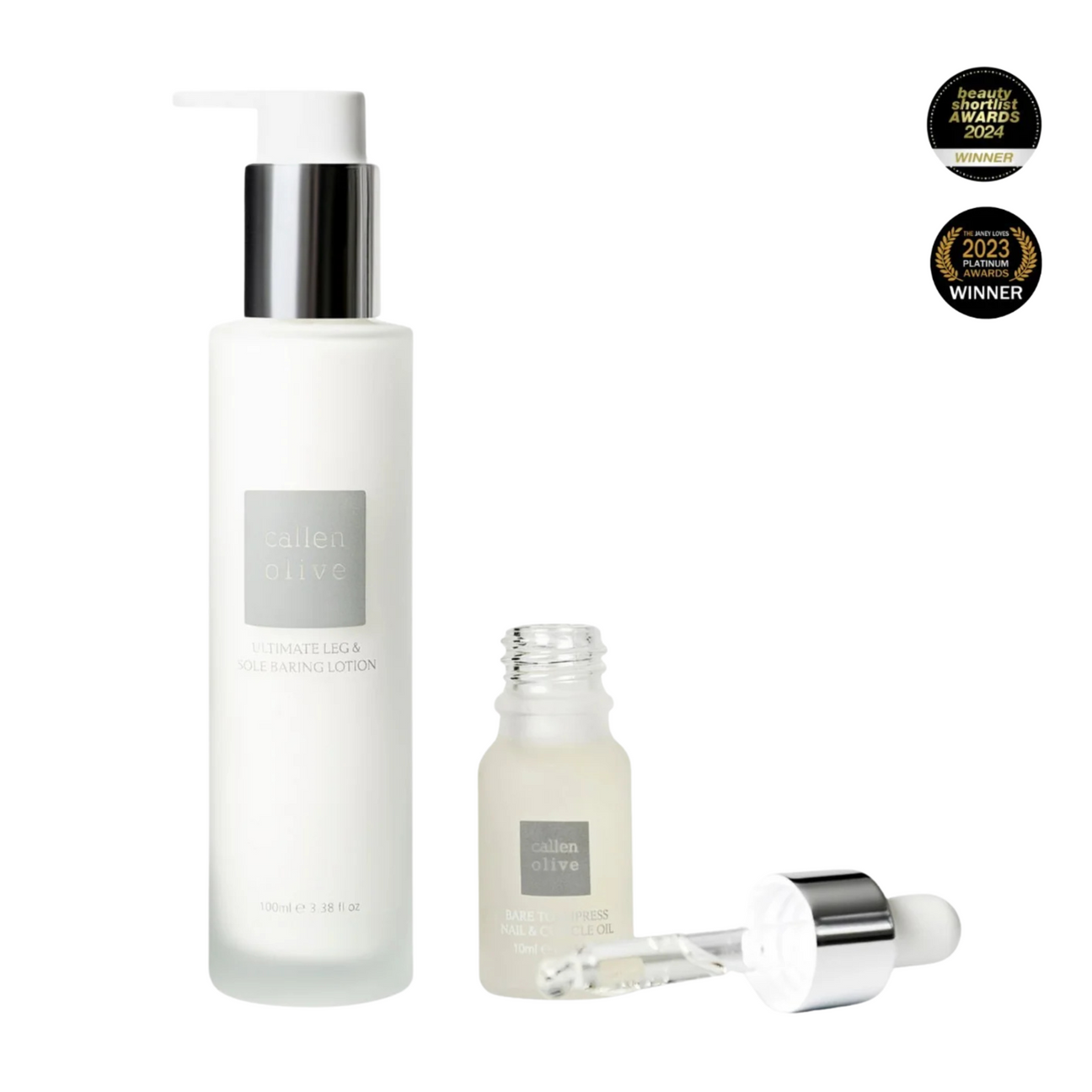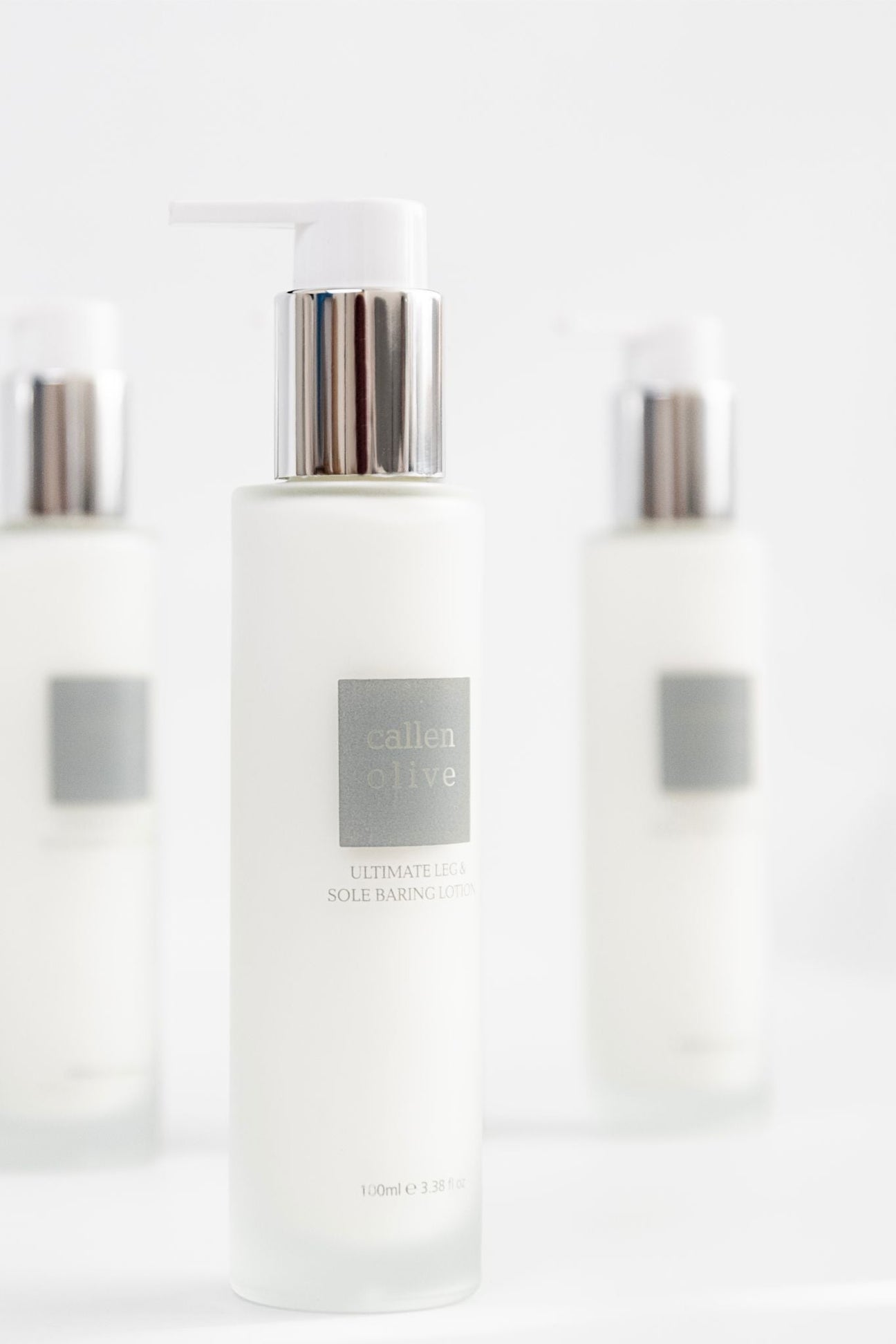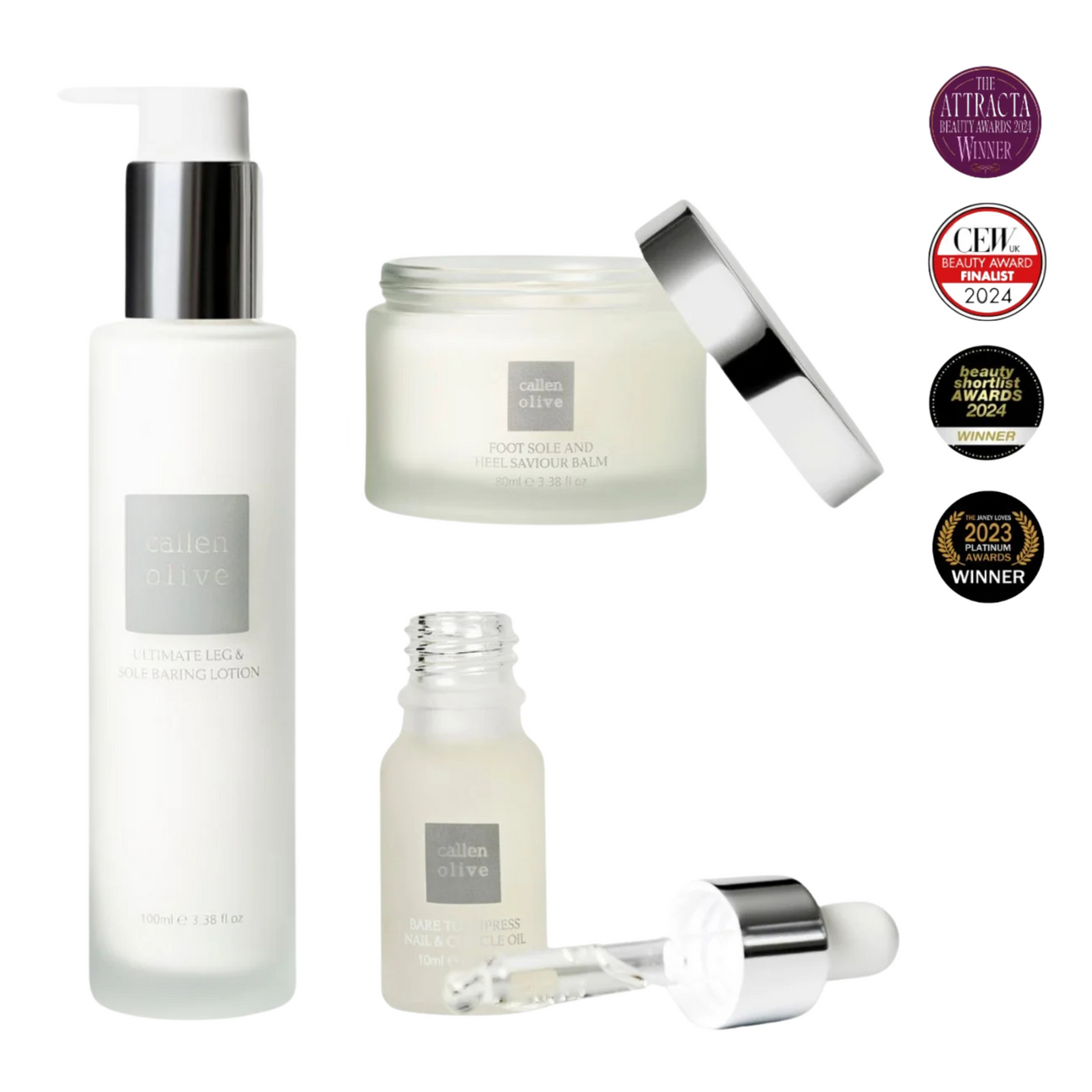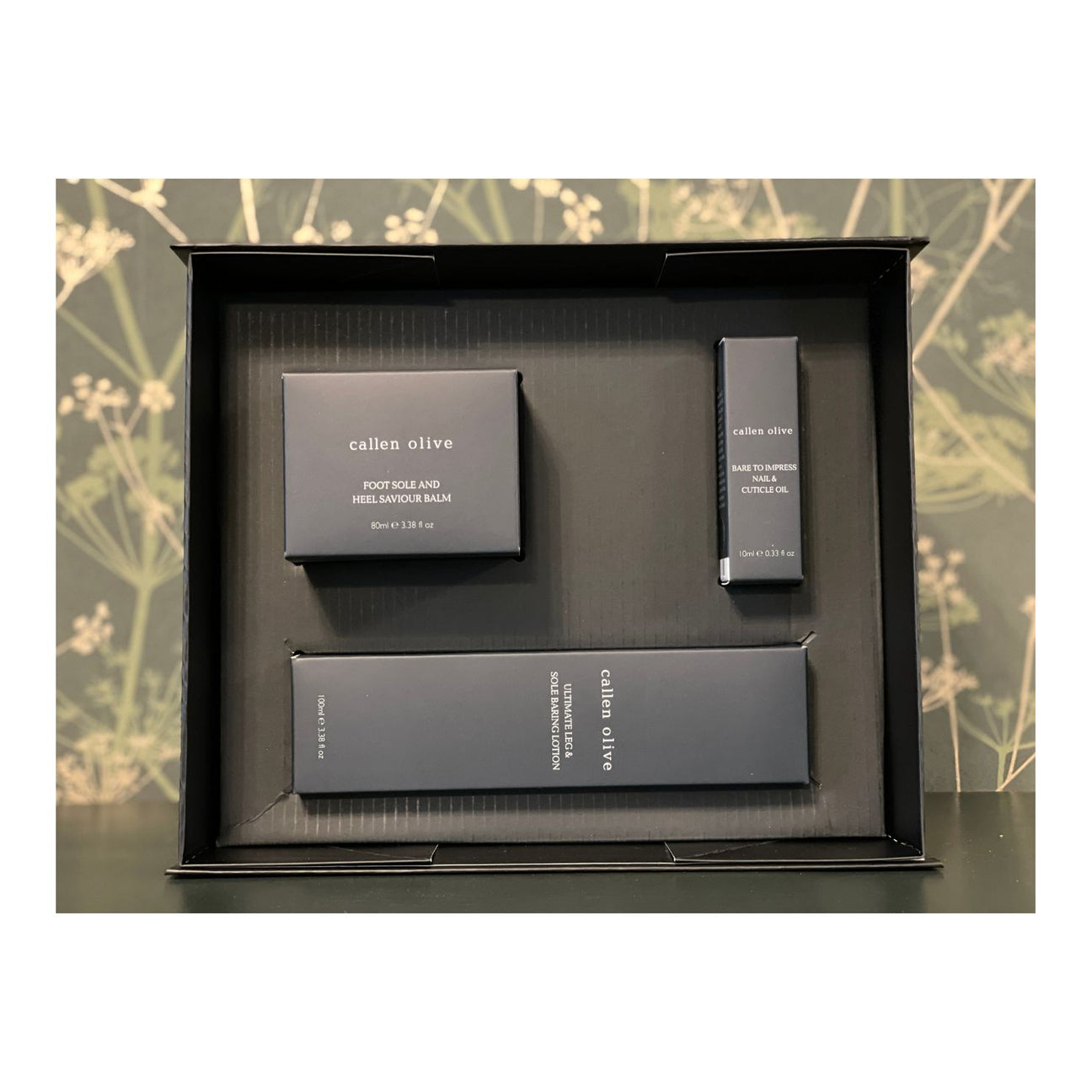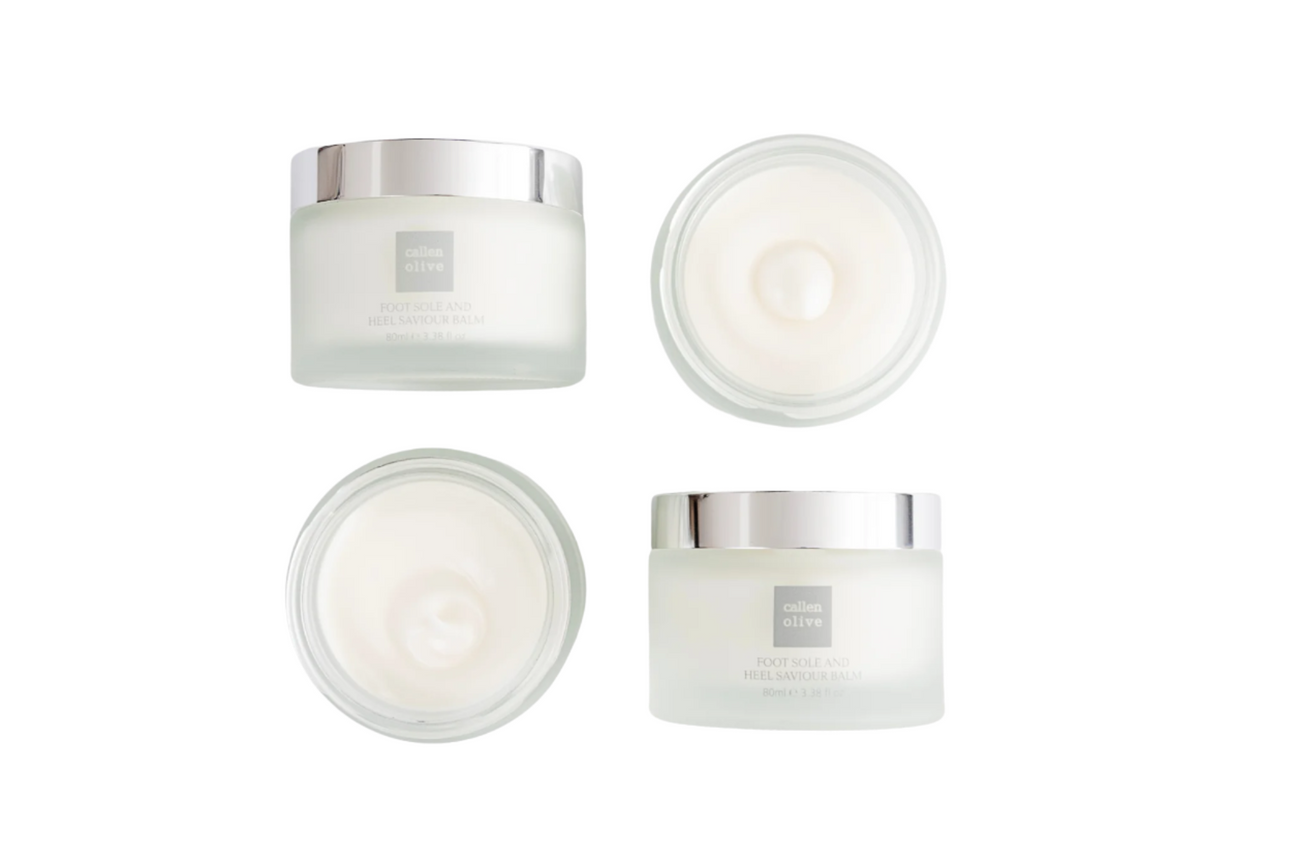Corns & Calluses | Causes | Prevention | Treatment

Callen Olive: Podiatry Clinic
Callen Olive is your one-stop clinic to improve your foot health and overall wellbeing.
With an outstanding reputation for our pioneering approach, we provide podiatry and orthotics assessment, diagnosis, management, and treatment for general foot problems, those related to medical conditions such as Diabetes and Arthritis and sports injuries.
